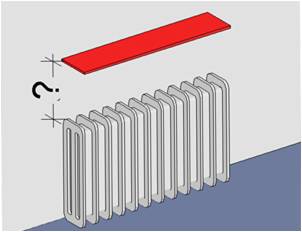
Reader’s question
"What is the minimum height above the radiator to fit a shelf, so as not to reduce the heat emission, nor to spoil the shelf?"
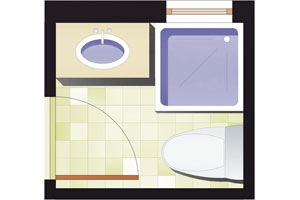
Bathrooms can be categorized into several different types based on their size and function. The smallest footprint for a bathroom is usually the powder room and the half bath. There are plenty of variations like the master bathroom, the kid's bathroom, the bathroom with laundry facilities, with fixtures and features that are accesible to the physically challenged and many more.
Tubs are manufactured from many different materials. The most common are:
Acrylic
It can be molded into just about any shape and size. The color runs through the entire substance rather that just in the surface coat, making it less likely to show scratches or to fade.
Enameled steel
Enameled steel tubes are pressed from sheets of steel and coated with a baked-on enamel. The enamel layer is usually thin, though susceptible to chipping. In addition, enameled steel doesn't retain heat.
Cast iron
Is the most durable material available for tubs. Iron is cast into a tub shape and then coated with a baked-on enamel. The enamel layer is thick, strong, durable is scratches, resistant to chips and stains and has a rich, colored finish. Cast iron is just about indestructible but it's also heavy. A standard tub weights between 300-400 pounds. In some cases the floor must be reinforced to support the additional weight.
Cast iron is used most commonly for claw-foot and other stand alone bathtubs. The enamel finish of old cast-iron tubes can be reglazed but it is not a do-it-yourself process and the new finish will be not as durable as the original.
Fiberglass
It is an inexpensive and lightweight material that can be finished in a variety of colors. It is easily molded, so fiberglass tubs can have seats, soap dishes, shampoo shelves, molded into the sides. The major disadvantage is that the surface can be scratched easily and that the color will gradually fade.
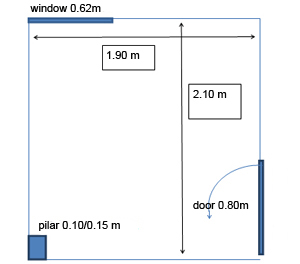
Reader's question
"While renovating my bathroom I faced the issue of finding an elegant way to fit the laundry machine in my almost square bathroom. The dimensions of the bathroom are 1.95 x 2.10 m and there is a 0.80m door on the side of the 2.10m wall. To help you further picture the space I've included a rough sketch. Thank you in advance for your consideration and I'm looking forward to your ideas."
The most significant difference between the major sink types is the manner in which they are installed. These are the basic sink types:
- Wall mounted sinks:
Wall- mounted sinks hang directly from the wall, taking up little space and offering easy access to plumbing hookups. Wall-mounted sinks are ideal options for half baths and small bathrooms. Some types, feature attatched bodies or aprons that hide plumbing.
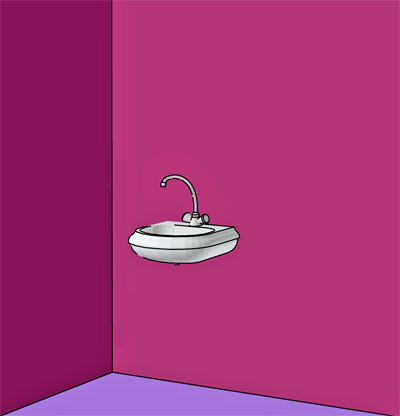
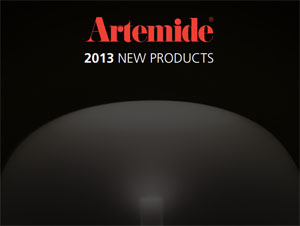
Artemide: New products 2013 (design, architectural, outdoor, nord light)
Page 50 of 82
Related articles
Latest advice
Submit your project or product
Send us at info@decosoup.com:
- Images of your project or product
- A text description
- A link to your site




